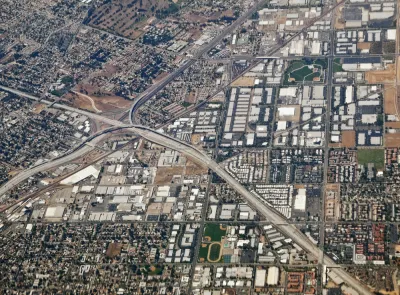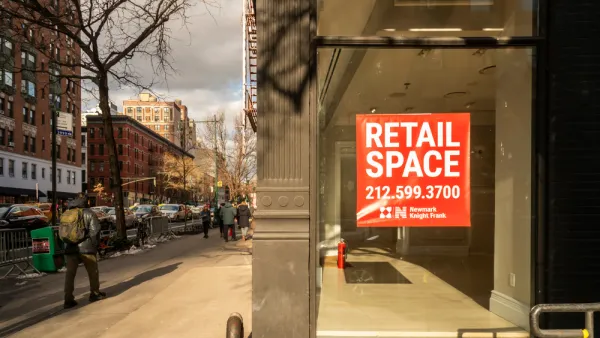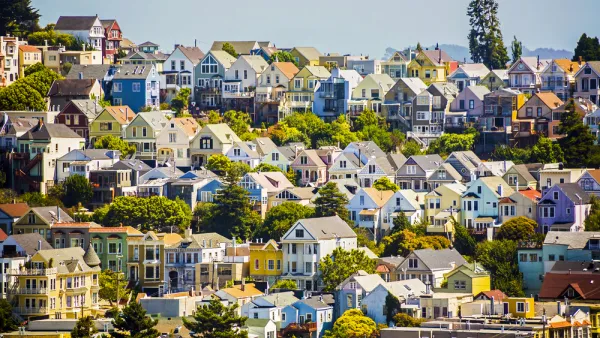The Inland Empire's housing boom and economic growth are attracting plenty of new residents—especially millennials.

By 2046, California's suburban Inland Empire is projected to have two million more residents. Perhaps most interestingly, a large portion of those people are expected to be millennials.
The Inland Empire has consistently led California's population growth for more than a decade, even during the recession and housing crisis. For Ron Loveridge, director of the Center for Sustainable Suburban Development at UC Riverside, the reasons behind this migration are fairly simple. For one, he tells The Planning Report: "Prices are too high on the coasts." And for another: The Inland Empire is actually building housing.
"Housing development is increasing, and the construction industry has become a major source of employment," Loveridge explains. "If you're looking for large amounts of new housing in the greater Los Angeles area—whether single-family or rental—you have to look east. That means you have to look at San Bernardino County and Riverside County."
Millennials nationwide are choosing to live in suburbs, which in turn are adapting to meet their preferences. Inland cities, Loveridge says, are delivering housing that's bigger and more affordable than what an urban core can offer—plus sustainability initiatives, open space, and "community dynamics". Downtown Riverside, for example, is "beginning to see more coffee shops and small arts groups…—that coveted 'millennial livability' taking shape."
There's more going on in the Inland Empire than housing: The newly rebranded Ontario Airport is on track to be the "single most important driver of the inland economy;" the region's traditional industries, manufacturing and logistics, are both facing major technological disruption. Clean energy policies have also created jobs and economic activity, and Loveridge hopes that UC Riverside—which recently opened new schools of medicine and public policy—will act as an anchor for the growing regional economy.
FULL STORY: Inland Empire's 21st Century Economic Goals: Jobs & 'Millennial Livability'

Analysis: Cybertruck Fatality Rate Far Exceeds That of Ford Pinto
The Tesla Cybertruck was recalled seven times last year.

National Parks Layoffs Will Cause Communities to Lose Billions
Thousands of essential park workers were laid off this week, just before the busy spring break season.

Retro-silient?: America’s First “Eco-burb,” The Woodlands Turns 50
A master-planned community north of Houston offers lessons on green infrastructure and resilient design, but falls short of its founder’s lofty affordability and walkability goals.

Test News Post 1
This is a summary

Analysis: Cybertruck Fatality Rate Far Exceeds That of Ford Pinto
The Tesla Cybertruck was recalled seven times last year.

Test News Headline 46
Test for the image on the front page.
Urban Design for Planners 1: Software Tools
This six-course series explores essential urban design concepts using open source software and equips planners with the tools they need to participate fully in the urban design process.
Planning for Universal Design
Learn the tools for implementing Universal Design in planning regulations.
EMC Planning Group, Inc.
Planetizen
Planetizen
Mpact (formerly Rail~Volution)
Great Falls Development Authority, Inc.
HUDs Office of Policy Development and Research
NYU Wagner Graduate School of Public Service




























